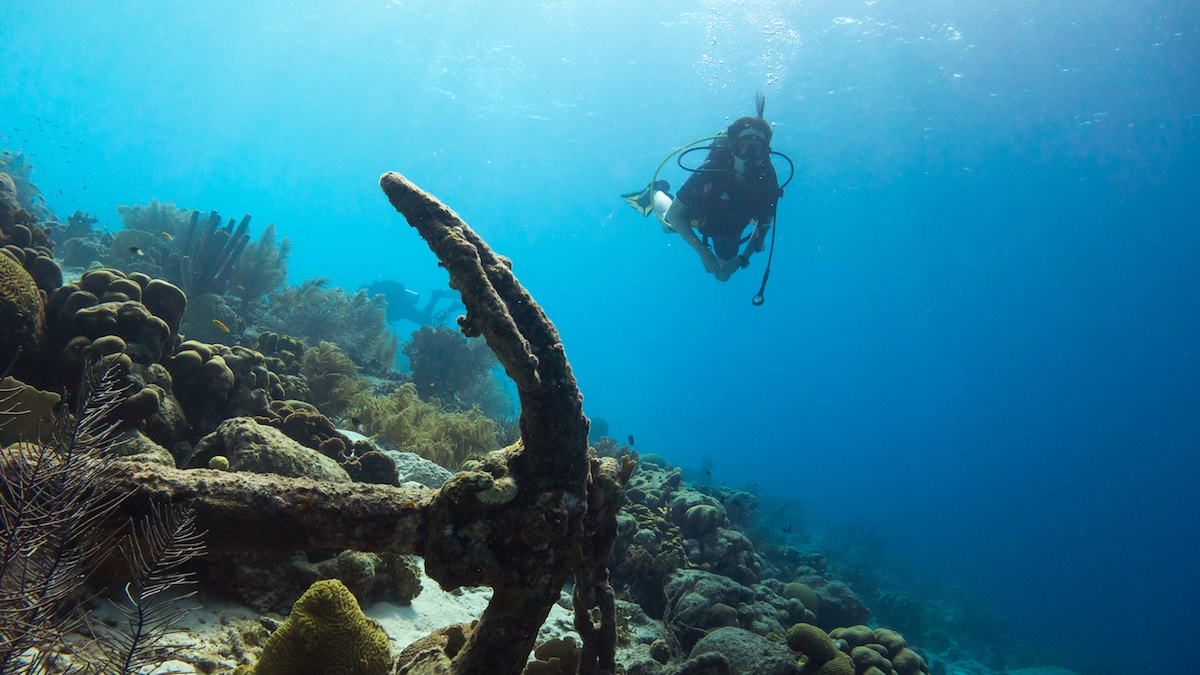More Danger Under Progress 
In 1952, the Royal Canadian Air Force (RCAF) found out that the Russians were developing new high-tech, high-speed, and more destructive aircraft that could easily destroy Canada. It took 7 years to make it a reality. Seven years was a long time and the Canadian government realized that it was about time that they develop more powerful aircraft.
Already In Making
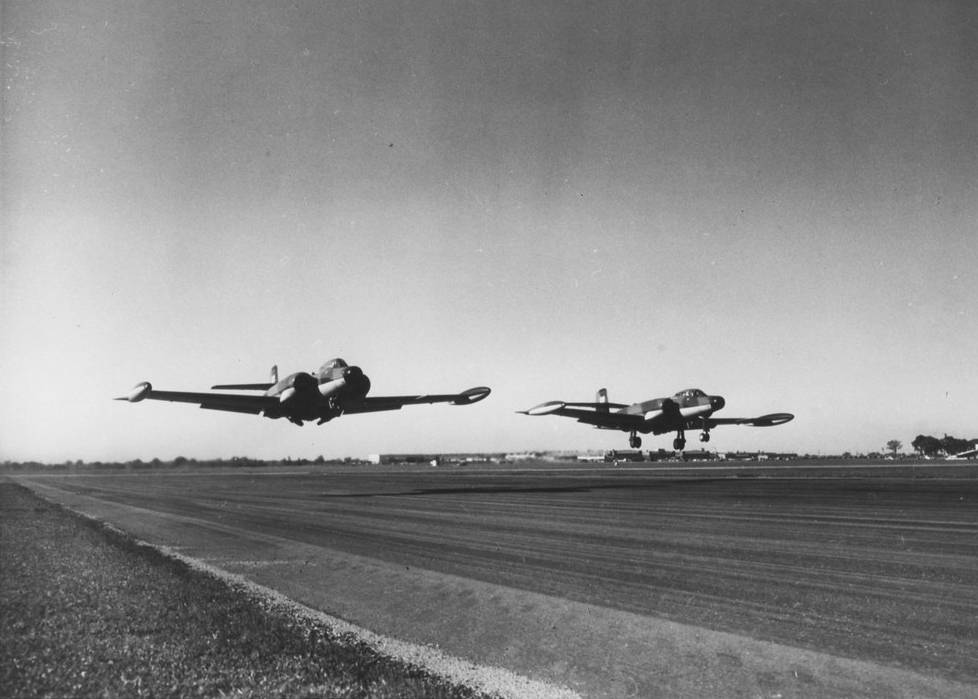 In the year 1953, the Canuck was officially launched, but the Canadian Air Force was already in the process of developing its successor whose preparation started in March 1952. The Avro Canada proposed a report titled “RCAF’s Final Report of the All-Weather Interceptor Requirements Team.” The report was on how they can improve the present Canuck which would be called as Avro Arrow.
In the year 1953, the Canuck was officially launched, but the Canadian Air Force was already in the process of developing its successor whose preparation started in March 1952. The Avro Canada proposed a report titled “RCAF’s Final Report of the All-Weather Interceptor Requirements Team.” The report was on how they can improve the present Canuck which would be called as Avro Arrow.
The Avro Arrow
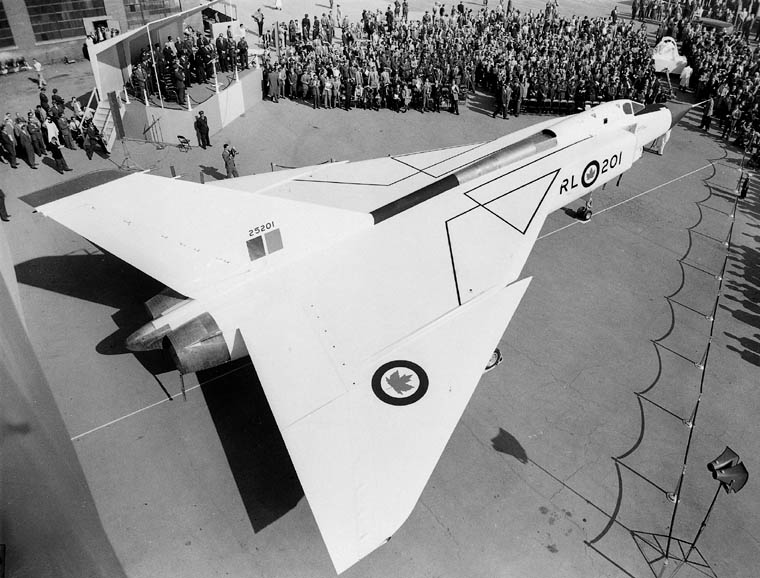
The Avro Canada Cf-105 Arrow was a supersonic interceptor. They improved the specifications by increasing their strength and speed. The Arrow was able to fly up to Mach 2! A plane with a speed of Mach 2 or in layman’s term aircraft that could fly at a speed of 1,500 mph and could reach an altitude above 50,000 feet.
The Prototypes
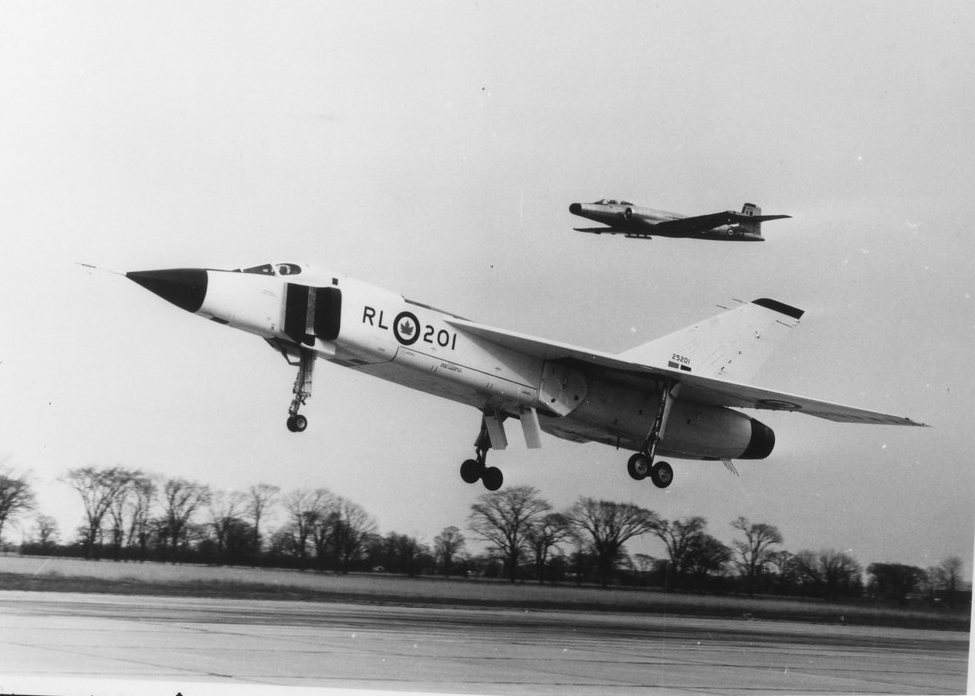 Before they created an actual plane they designed some model prototypes to see if the design was even possible. Between 1953 and 1957, 9 such prototypes of Avro Arrow were created that were tested over Lake Ontario.
Before they created an actual plane they designed some model prototypes to see if the design was even possible. Between 1953 and 1957, 9 such prototypes of Avro Arrow were created that were tested over Lake Ontario.
Features Of Arrow
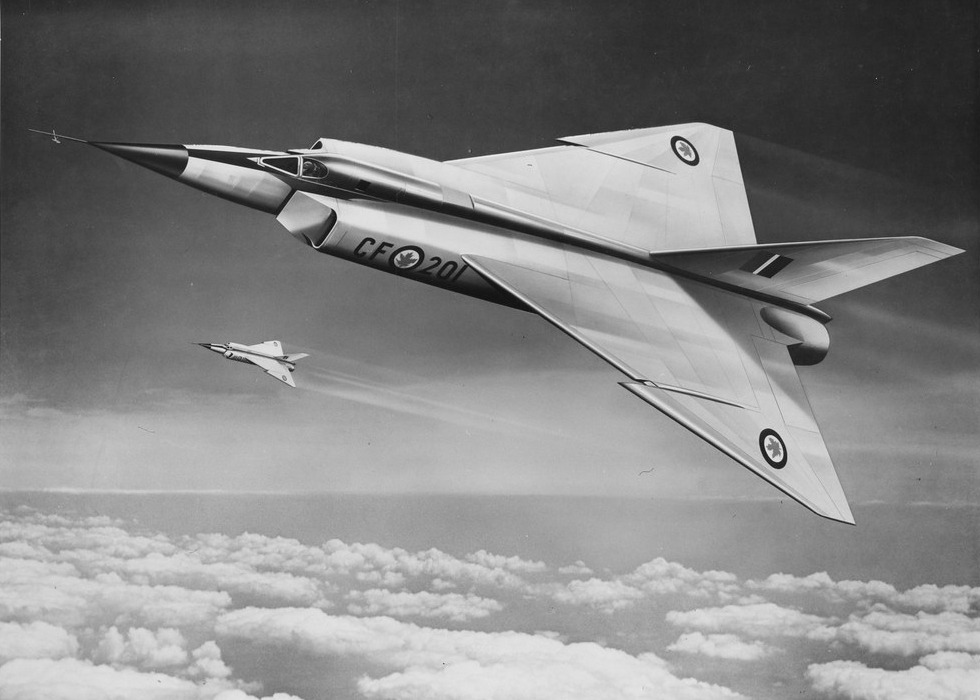
One of the biggest features of the Arrow was its delta wings. The triangular shape was due to delta wings of the aircraft. These new innovations of using delta wings in an aircraft were to increase the speed that could surpass the speed of the sound. And the process of making an aircraft flying more than the speed of sound was called wave drag and the delta wings were the answers to this process.
The Test Models 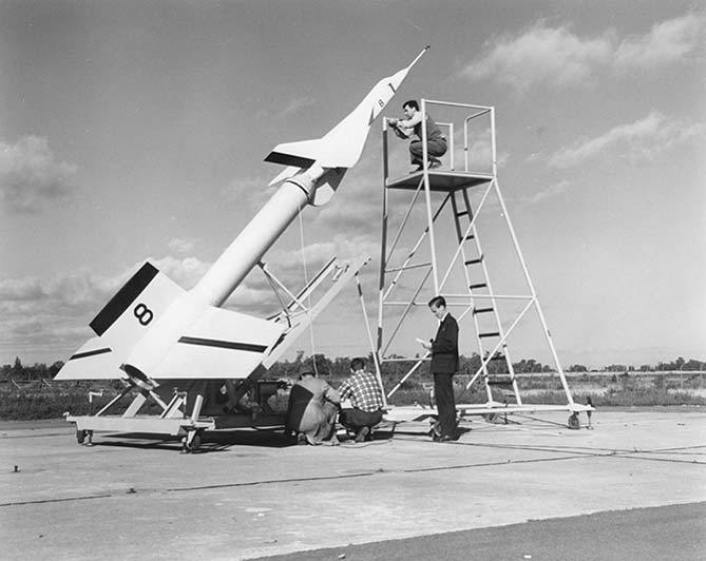
The Avro Arrow’s prototypes were around 10 feet long and their wings spread around 6.5 feet long. And 9 such aircraft were built that ran on solid fuel. And guess what, these prototypes were launched from Point Petre located near Lake Ontario.
